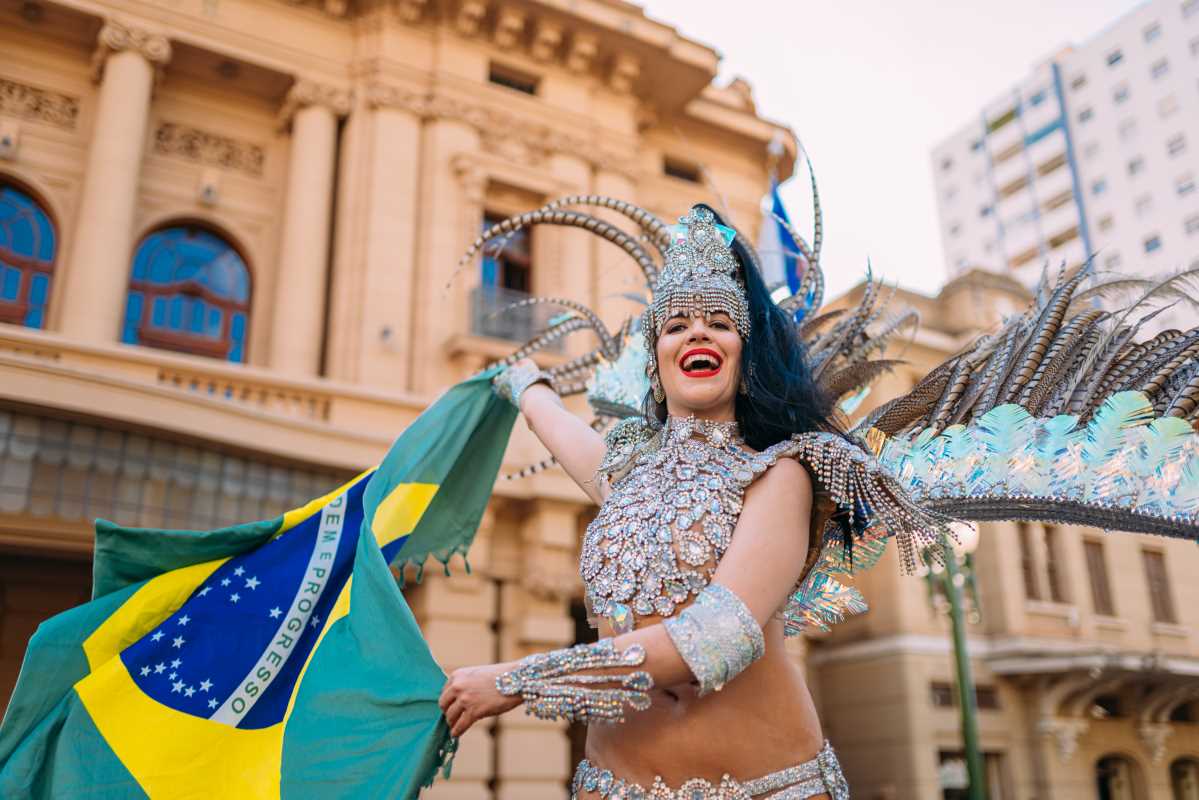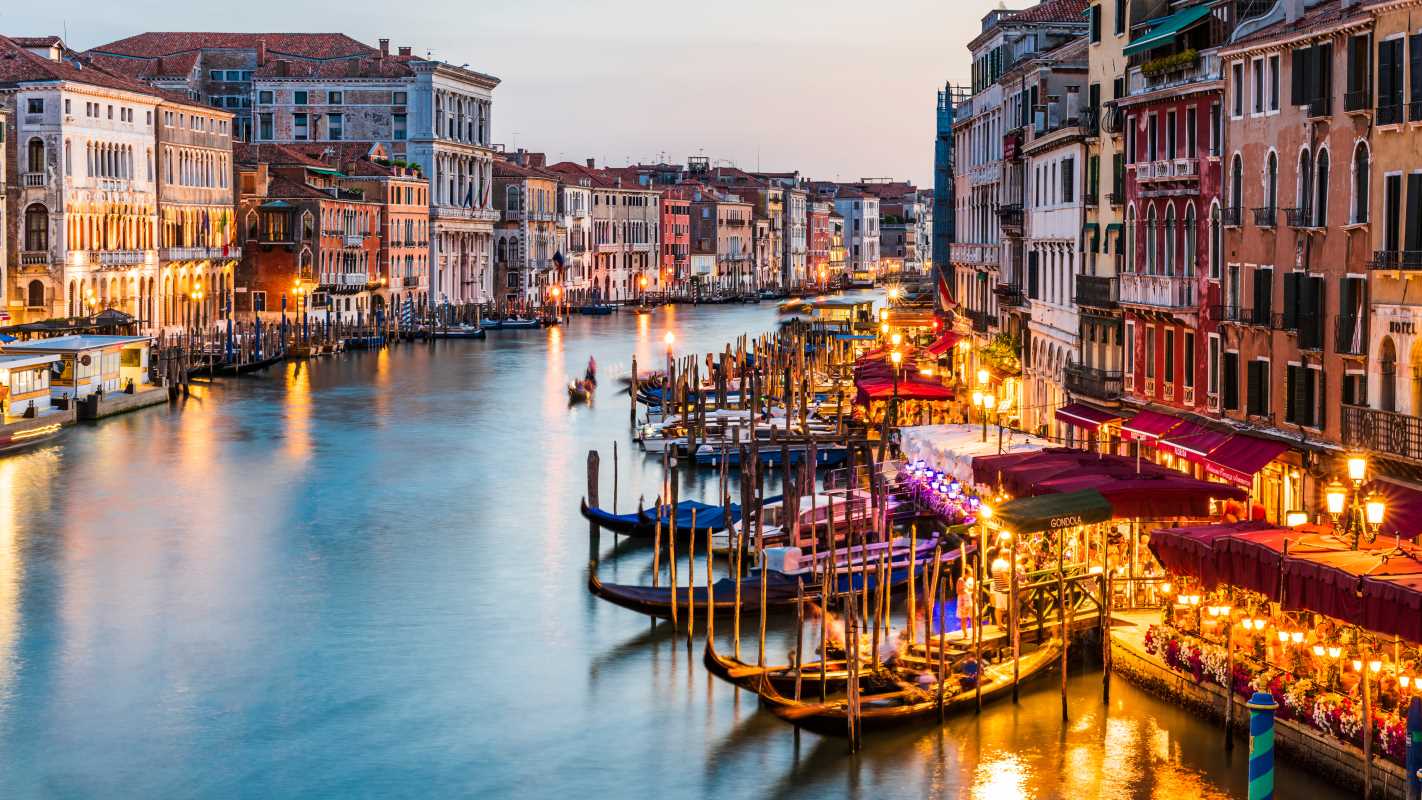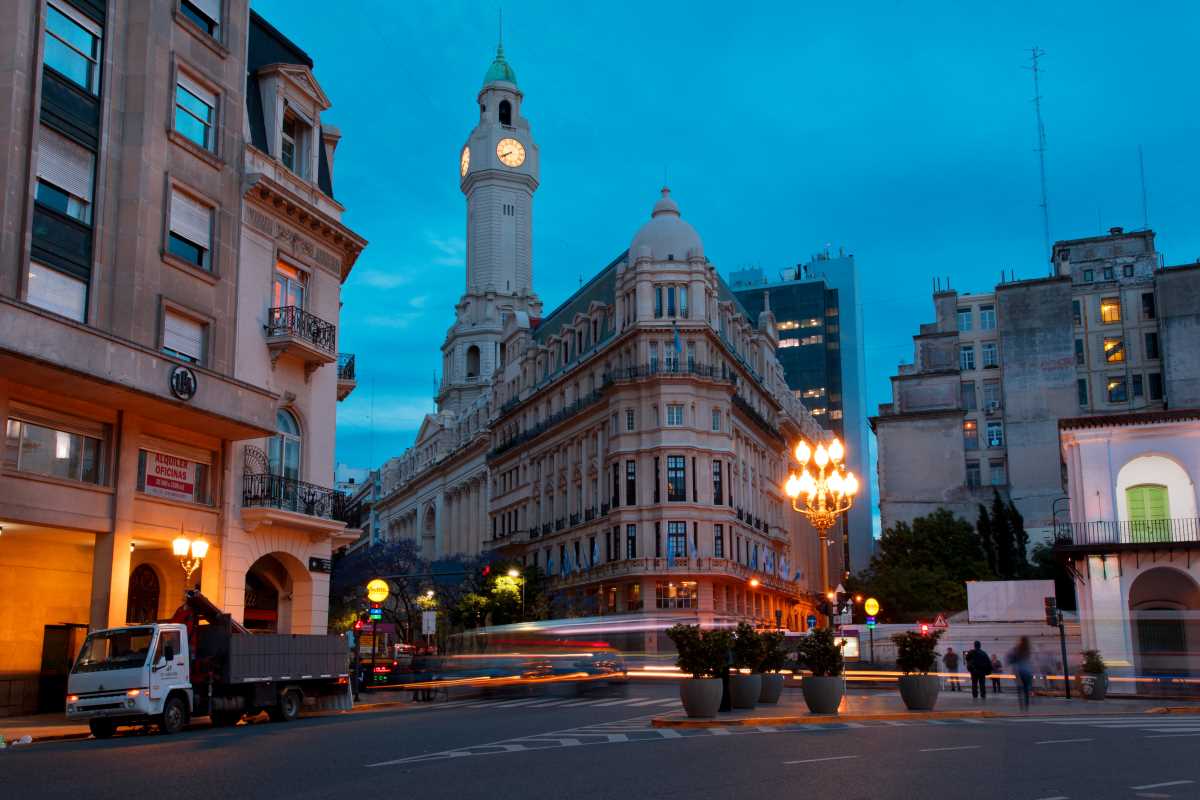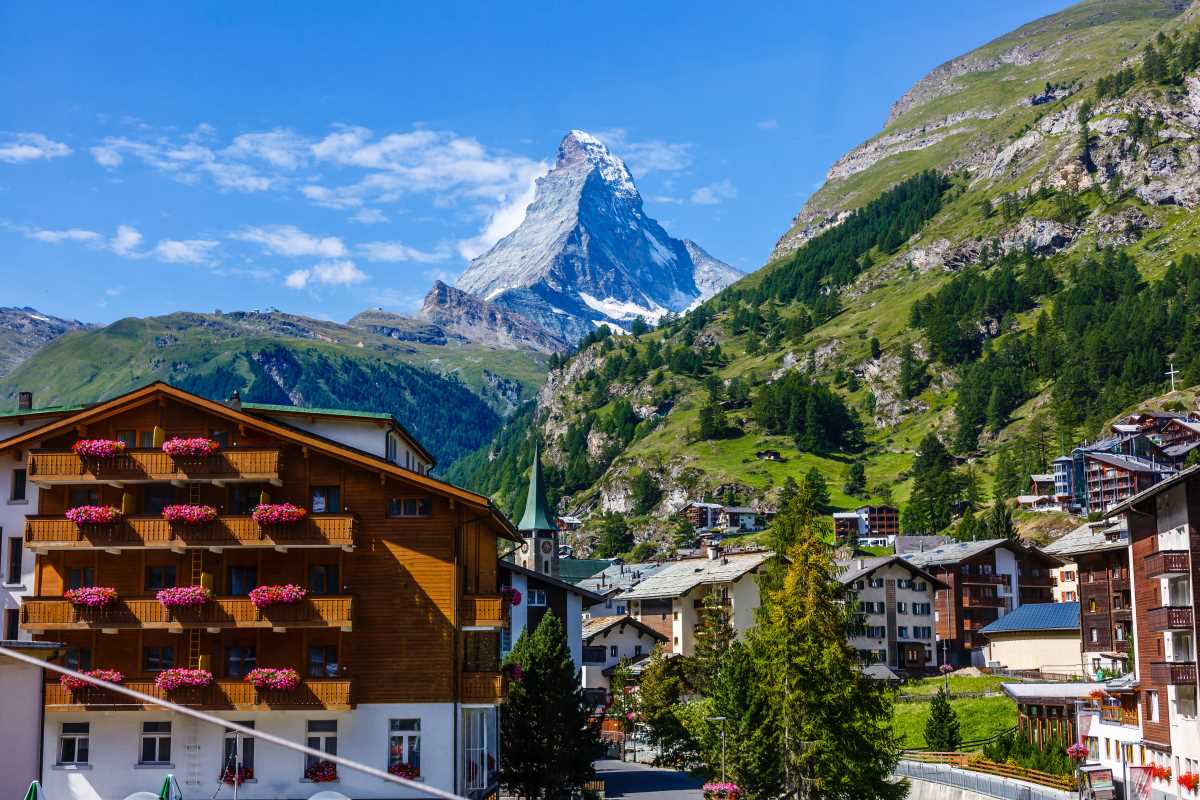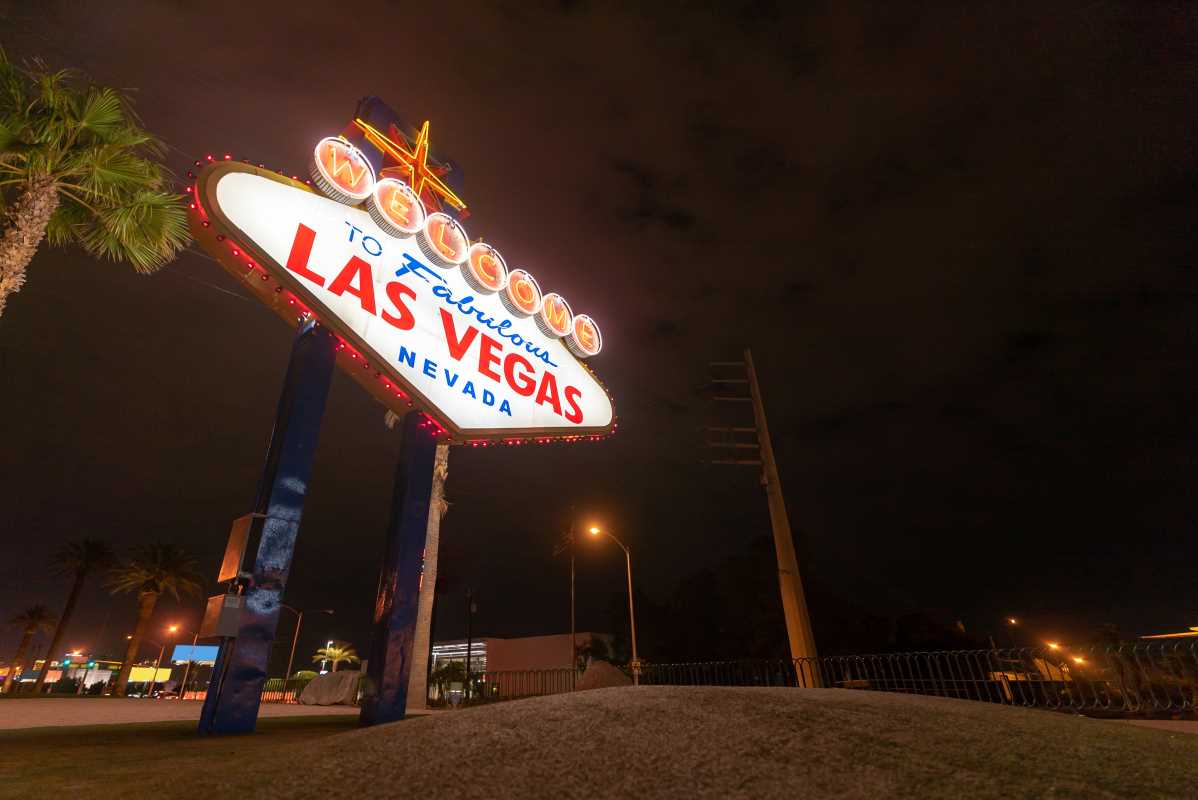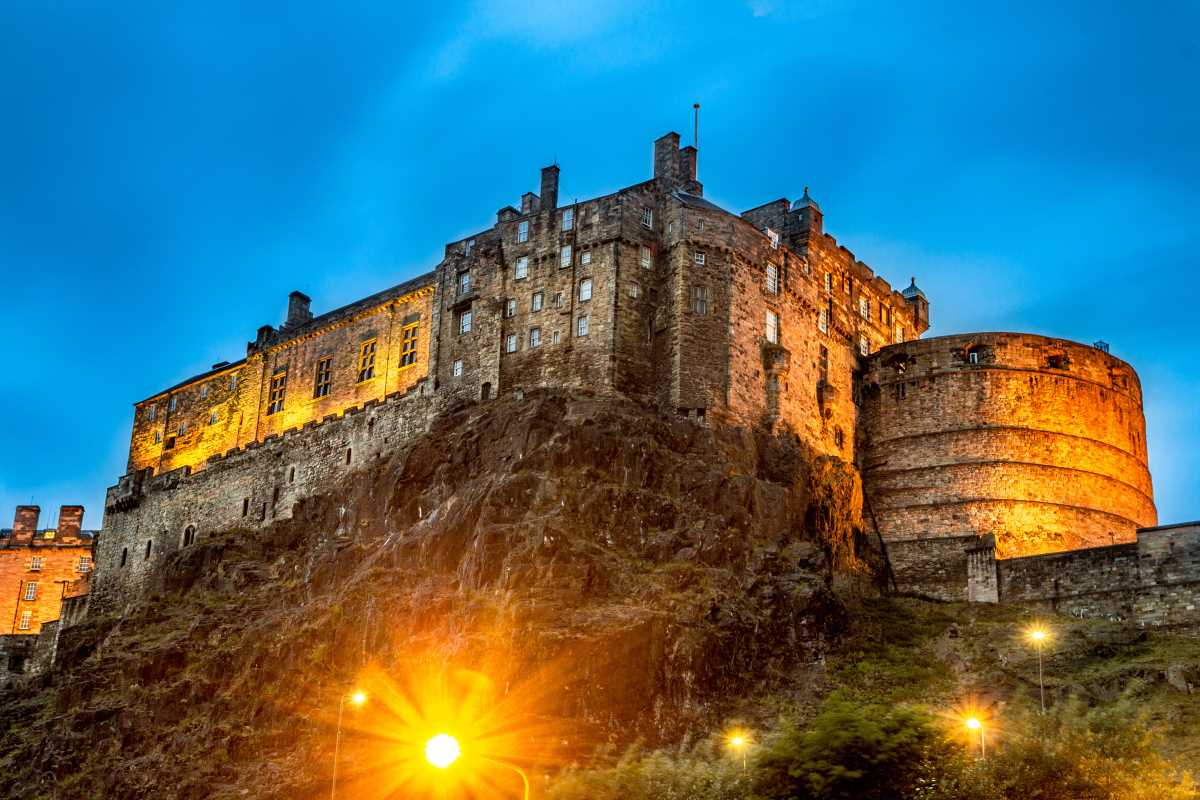Get ready to take a step back in time on one of America’s most famous historic walks! The Freedom Trail in Boston is a 2.5-mile red-brick line that weaves through the city, connecting 16 nationally significant sites. It may be a path, but it’s also a journey. You’ll travel through the story of the American Revolution, from bustling colonial meeting houses to quiet, storied burying grounds.
We’ve laid out a stop-by-stop plan, complete with fun facts, photo tips, and practical advice, to make your adventure seamless and exciting. Put on your walking shoes, put your thinking caps on, and get ready to follow the red line into history!
Your Stop-by-Stop Guide to the Freedom Trail
The trail is easy to follow on your own, but there are some key features on the trail you can’t miss.
Boston Common
Your adventure begins at America's oldest public park, established in 1634. This beautiful green space was once used for grazing cattle but became a camp for British troops during the occupation of Boston.
- Must-Know Fact: The Common was the site of public punishments, including hangings from a large tree known as "The Great Elm."
- Photo Angle: Capture the lush park with the Massachusetts State House's golden dome in the background.
- Quick Tip: This is a great spot to join an official Freedom Trail tour. Public restrooms are available at the Visitor Center.
Massachusetts State House
Perched atop Beacon Hill, the gleaming 23-karat gold dome of the State House is a city landmark. This is the seat of the Massachusetts state government.
- Must-Know Fact: The original wooden dome, built in 1798, was first covered in copper by Paul Revere’s company.
- Photo Angle: Stand across Beacon Street for a full shot of the magnificent building.
- Quick Tip: Free tours are offered on weekdays, where you can see the impressive interior murals and legislative chambers.
Park Street Church
Known for its prominent steeple, this church was the tallest building in Boston for many years. It has a fiery history of social justice.
- Must-Know Fact: In 1829, William Lloyd Garrison gave his first major public speech here against slavery. The song "My Country, 'Tis of Thee" was also first sung here in 1831.
- Photo Angle: The corner of Park and Tremont Streets offers a classic view of the church and its steeple.
- Quick Tip: The church is an active congregation, so be respectful of services. Check the schedule for visitor hours.
Granary Burying Ground
This is one of America's most famous cemeteries. Three signers of the Declaration of Independence—John Hancock, Samuel Adams, and Robert Treat Paine—are buried here, alongside Paul Revere and victims of the Boston Massacre.
- Must-Know Fact: Benjamin Franklin's parents are also buried here, marked by a prominent obelisk in the center.
- Photo Angle: Focus on the historic headstones with the modern city buildings rising in the background for a great contrast shot.
- Quick Tip: Pick up a map at the entrance to help locate the most famous gravesites.
King's Chapel & King's Chapel Burying Ground
Boston’s first Anglican church, King's Chapel, has a unique history. Its adjacent burying ground is the city’s oldest, dating back to 1630.
- Must-Know Fact: Lacking a steeple, the church features an interior designed to look like a classical Roman temple. Its box pews, including the Governor's Pew, are original.
- Photo Angle: Capture the stone facade from across Tremont Street.
- Quick Tip: The burying ground is home to the grave of Mary Chilton, who was reputedly the first woman to step off the Mayflower.
Benjamin Franklin Statue & Boston Latin School Site
This statue honors one of Boston’s most famous sons, Benjamin Franklin. It stands on the former site of the Boston Latin School, the oldest public school in America, which Franklin and other revolutionaries attended.
- Must-Know Fact: Although Franklin is famously associated with Philadelphia, he was born and raised in Boston.
- Photo Angle: Frame the statue with the historic Old City Hall building behind it.
- Quick Tip: This is a quick but important stop acknowledging the city's focus on education.
Old South Meeting House
This was the largest building in colonial Boston and the location of the heated debates that led to the Boston Tea Party.
- Must-Know Fact: On December 16, 1773, over 5,000 colonists gathered here. When negotiations failed, Samuel Adams gave the signal that launched the Boston Tea Party.
- Photo Angle: The clock tower is iconic. Stand back on Washington Street to get a full view.
- Quick Tip: An entrance fee is required. The museum inside offers excellent exhibits about the events that happened here.
Old State House
The oldest surviving public building in Boston, the Old State House was the center of royal government. From its balcony, the Declaration of Independence was first read to the citizens of Boston in 1776.
- Must-Know Fact: The circle of cobblestones beneath the balcony marks the site of the Boston Massacre.
- Photo Angle: Stand in the middle of the traffic island on State Street for a dramatic shot of the building framed by modern skyscrapers.
- Quick Tip: The museum inside is fantastic. Your ticket also grants access to the Old South Meeting House.
Boston Massacre Site
Right in front of the Old State House, a cobblestone ring commemorates the spot where tensions between British soldiers and colonists erupted into violence on March 5, 1770, killing five civilians.
- Must-Know Fact: This event was used as powerful propaganda by patriots like Paul Revere to fuel revolutionary sentiment.
- Photo Angle: A top-down shot from the Old State House balcony is unique, or a ground-level view showing the marker in context.
- Quick Tip: This site is in the middle of a busy intersection, so be careful when taking photos.
Faneuil Hall
Known as the "Cradle of Liberty," this hall was where colonists gathered to protest British policies. It has been a marketplace and meeting hall for over 275 years.
- Must-Know Fact: The grasshopper weather vane on top has been a symbol of the port of Boston since 1742.
- Photo Angle: Capture the front of the building with the statue of Samuel Adams in the foreground.
- Quick Tip: The Great Hall upstairs is free to visit. The area around it, Quincy Market, is a perfect place to stop for lunch.
Planning Your Walk: Logistics & Tips
- Official Tours vs. Self-Guided: Costumed guides from The Freedom Trail Foundation offer fantastic, engaging tours. If you prefer to go at your own pace, download a Freedom Trail app or use a guidebook.
- What to Wear: Comfortable shoes are non-negotiable! Boston weather can change quickly, so dress in layers. Bring a rain jacket in spring and fall, and bundle up in winter.
- Food & Restroom Breaks: The best places for breaks are Boston Common (restrooms), Quincy Market near Faneuil Hall (food and restrooms), and the Charlestown Navy Yard (restrooms and a visitor center).
- Accessibility: The trail itself is a public sidewalk. While most of it is accessible, Boston's historic streets can be narrow, uneven, and crowded. Some historic buildings have limited accessibility due to their age.
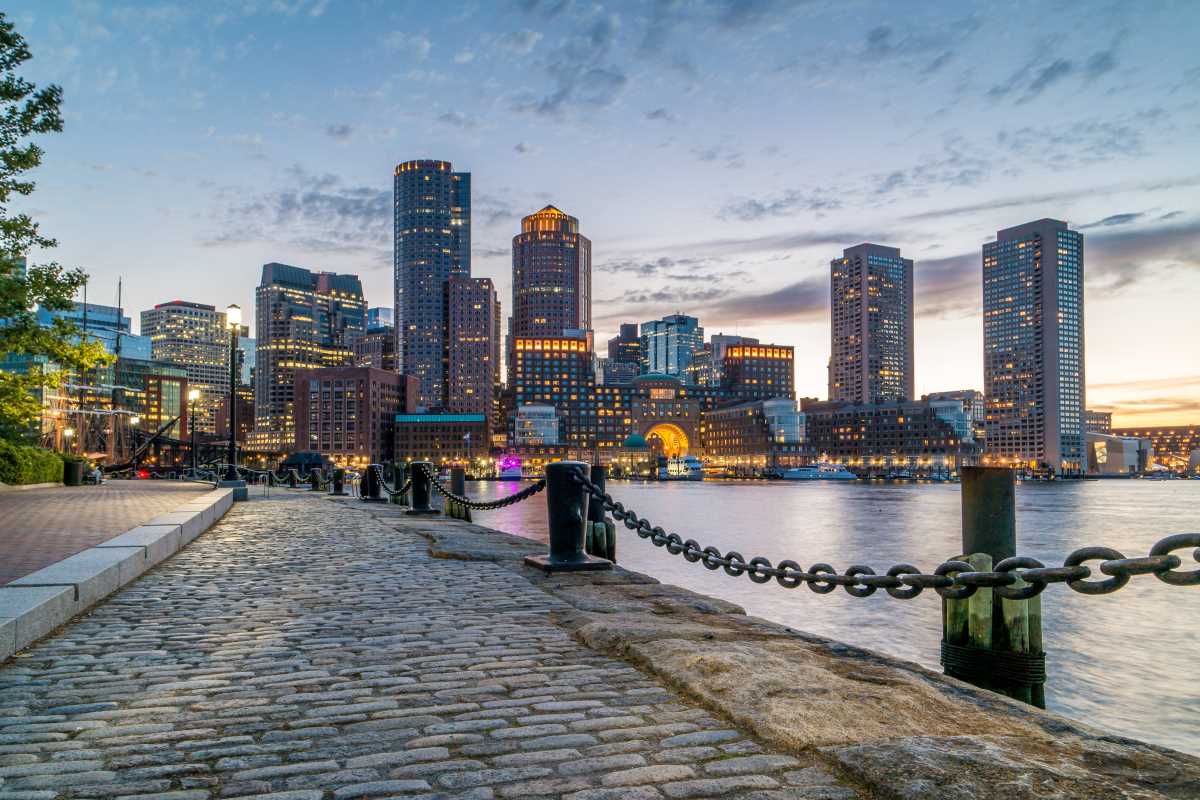 (Image via
(Image via
